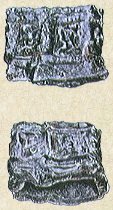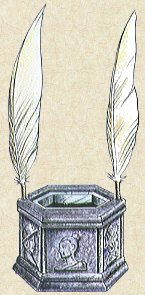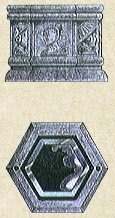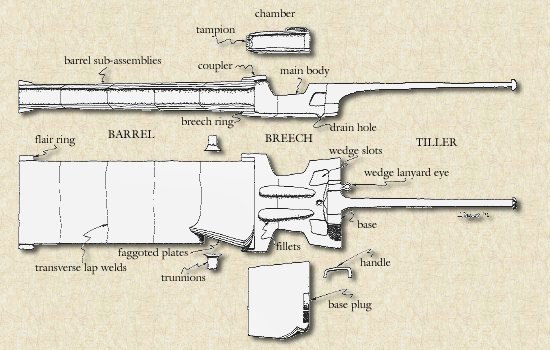 |
 |
Underwater archaeologistsspend a little time underwater and a lot of time in conservation and computer labs, libraries and museums, and archives turning unrecognizable artifacts into the story of ships and people lost at sea. The mangled lead box was an enigma for many years. It turned out to be an ink well. |
||
 |
 |
 |
|
The Molasses Reef Wreck contained the largest single collection of 16th-century wrought-iron artillery ever discovered. The size of the collection gave us an unparalled opportunity to research an important technological development. Because some of the versos were badly deteriorated, we cut one in half with a rock saw to learn more about how it was constructed. Such an approach is impossible in a museum setting. Until we conclusively demonstrated how they were made, the construction technology of these guns had been the subject of much conjecture. |
|
 |
|
| In the last decade and a half of research, Ships of Discovery has collected a vast array of information on the ships that forever tied the Old World to the Newó | |
|
Ships
| Exploration | Discovery
| Research | Our Mission
Headquarters | Exhibits |
Turks and Caicos Museum | About
Us | Our Network | Contributors
| Underwater Links
| Our Publications
Shipwreck Excavations | Columbus's
Lost Ships | Archival Documents | Conservation
| Ancient Techniques | Replicas
| Experimental Archaeology